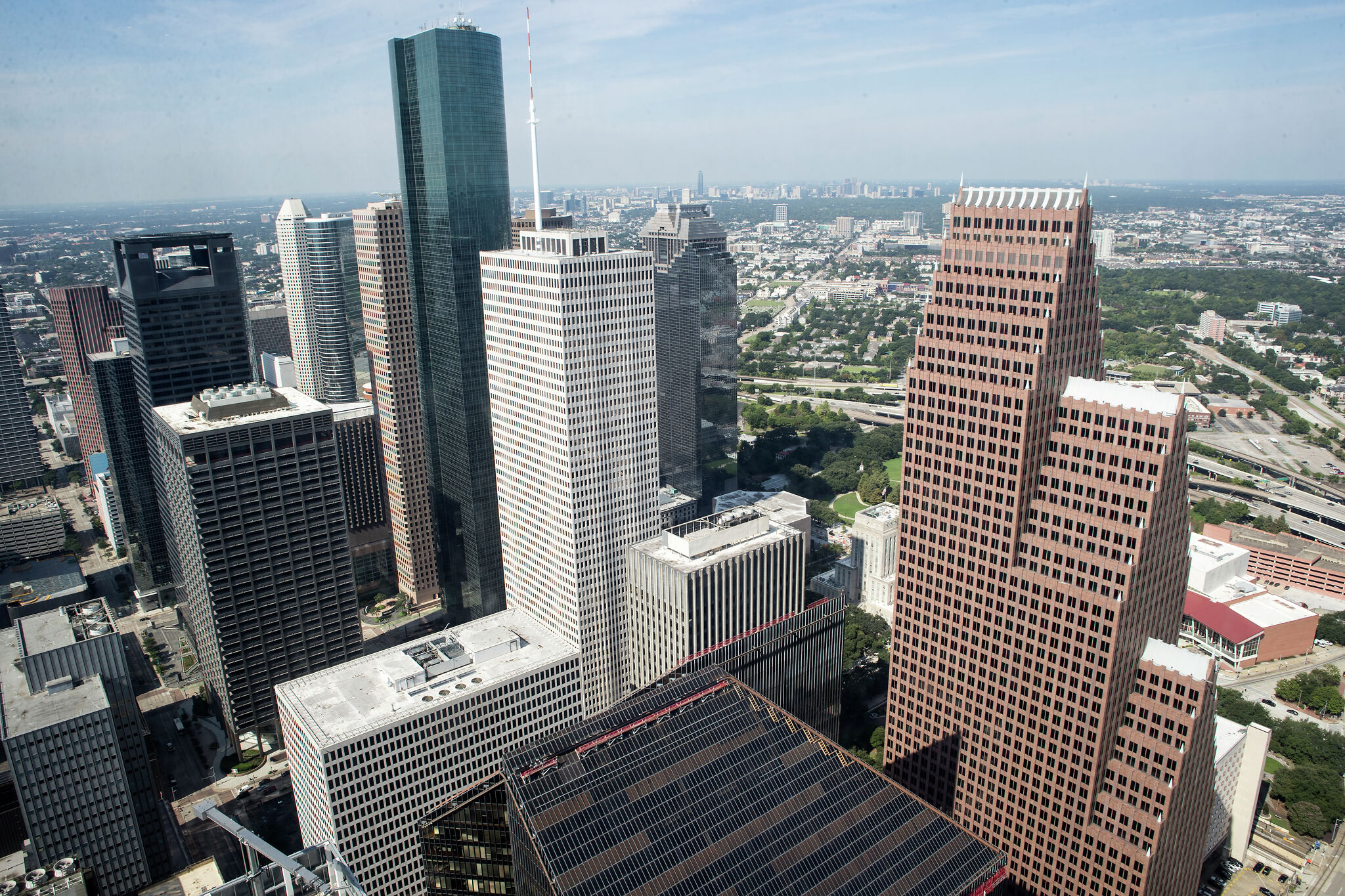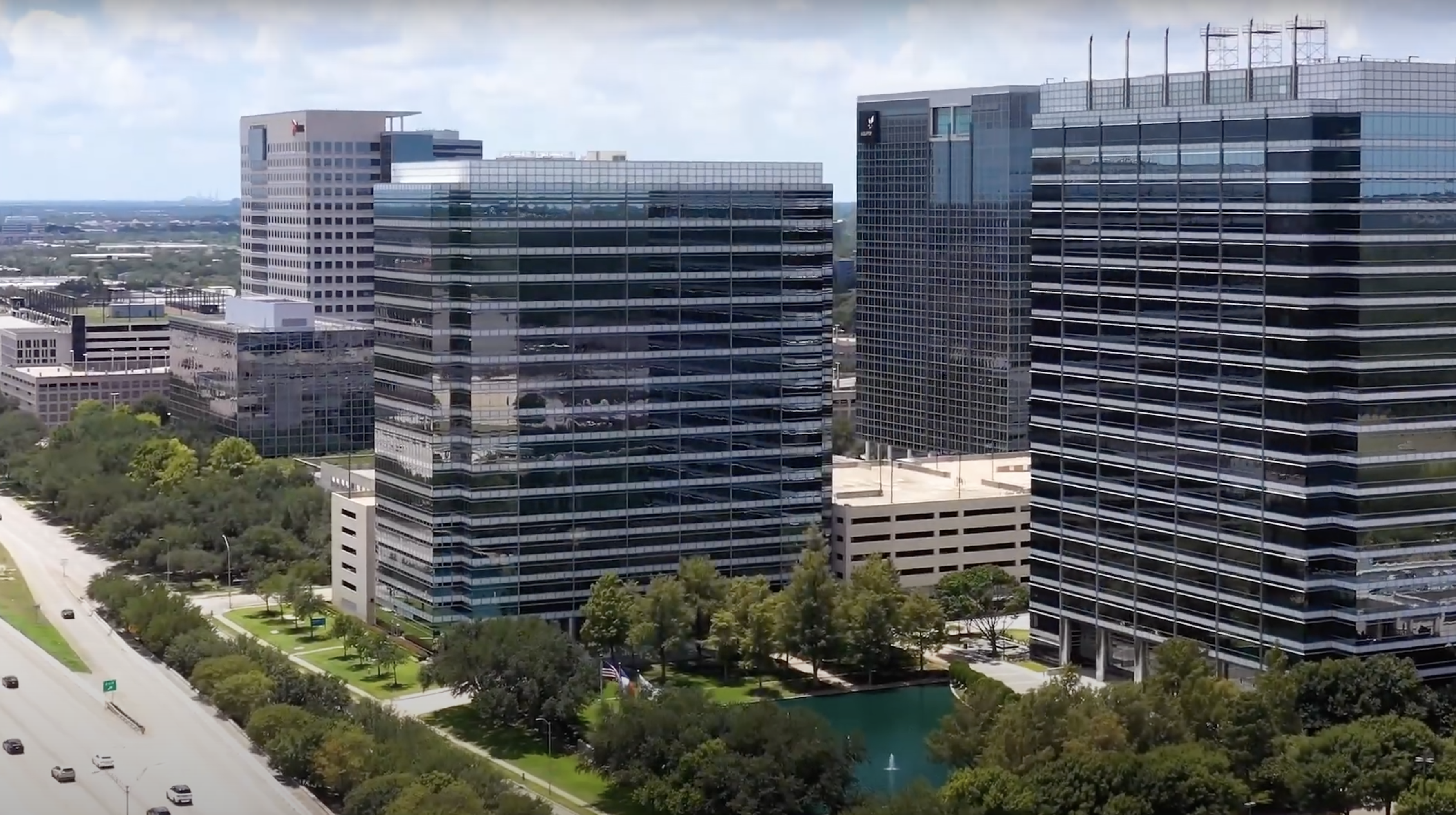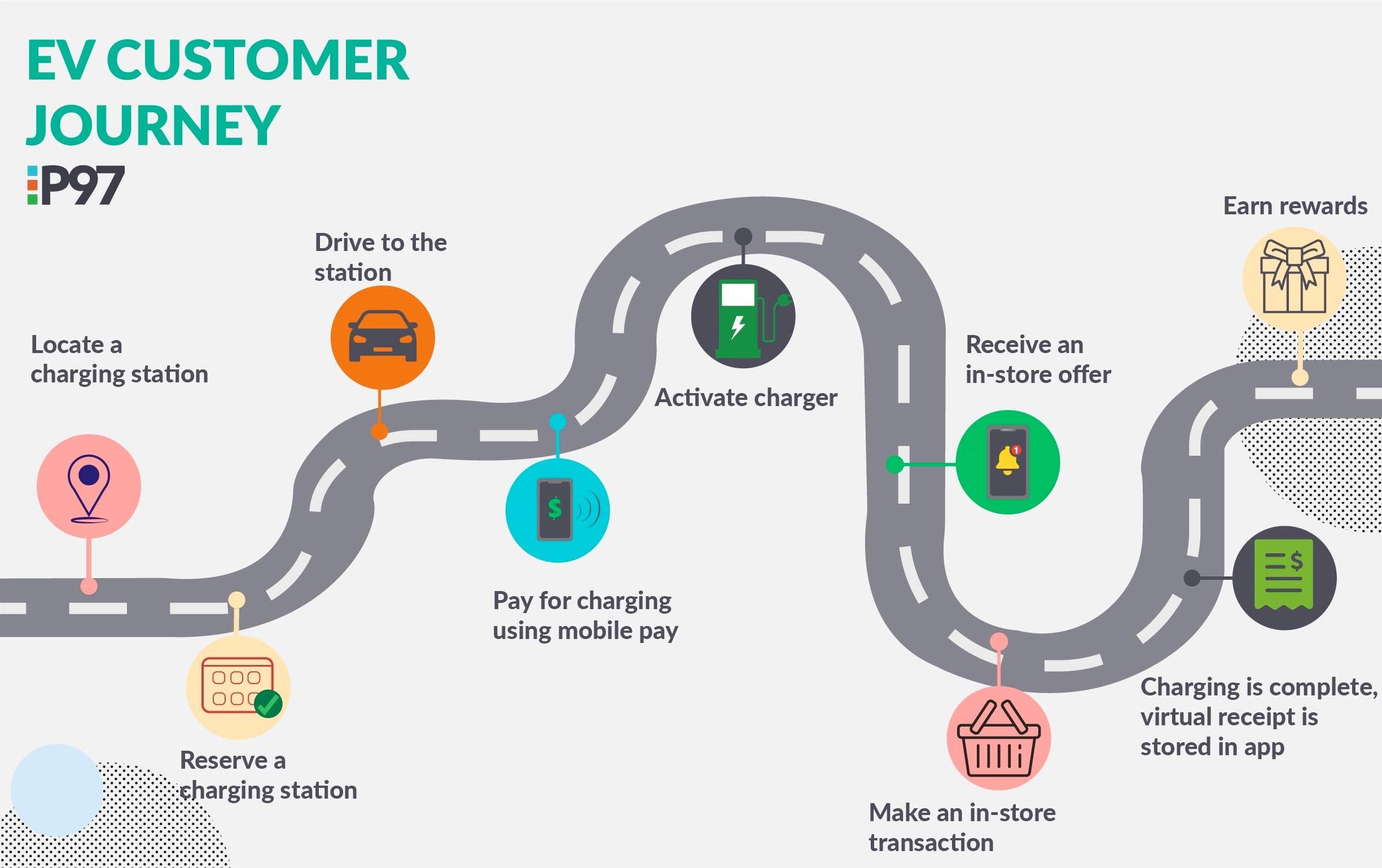As all the emerging trends in mobility continue to drive society into a new transportation paradigm, it’s easy to get lost in translation. The term “mobility,” even in its most generic reference, now refers to so much more than just your car. It is fast becoming a layered approach to not only transportation, but the very basic capacity to get from point A to point B in the most effective, efficient, (and collaborative) means possible.
Current analysis reveals that North America is still in training wheels when it comes to the New Mobility guidelines. We have not yet successfully executed the vision this initiative projects, but we are getting there.
So, where is “there” and what exactly is “new” about mobility?
Trending Now
Catering to the customer on a multilevel hierarchy has become the most important initiative spearheading the New Mobility sector. The term Mobility as a Service (MaaS) is probably the most popular buzzword to reference this emerging trend. The most widely-cited definition MaaS comes from the European MaaS Alliance and defines the concept as “the integration of various forms of transport services into a single mobility service accessible on demand.”
The ultimate goal? MaaS will enable users to book various transportation services from apps, in various combinations, throughout their journey – ultimately serving as a viable alternative to personal vehicle ownership. And this will be accomplished through multi-modal integration and unified platform access.
So, what do these new alternatives look like? Well, in order to explain that we’ll have to throw out another buzzword. New Mobility Services (NMS) refers to the plethora of mobility services to be integrated as part of MaaS. Some examples include:
- Ride hailing
- Ride sharing
- Car share
- Bike share
- Microtransit
However, without a multimodal integration system and unified platform access, NMS by itself cannot be considered MaaS.
Mobility on Demand (MOD) is another buzzword that refers to the capacity to offer personal mobility services through applications that do not require a reservation in advance. Think mobile apps and call centers. But, while MOD may seem very MaaS-like, it is ultimately not the same thing as it also offers nothing in the way of multi-modal integration or unified platform access. MOD may also refer to the movement of goods and services on-demand. Ultimately, MOD enables us to envision a future supported by MaaS.
And as for the most recent acronym catching buzz throughout the industry, we have the Internet of Mobility (IoM). The overarching goal here is to enable MaaS integration for all users and mobility service providers anywhere in the world.
Okay, now that we have the acronyms, let’s move on to the application.
The Future-Proof Forecast
With the investment in mobility on the rise and the industry buzzing at a phenomenal pace, one begins to wonder what the future of mobility looks like. While the expectations are lofty and the anticipation is strong, the following seem to be the most consistent trends projected for the future of this rapidly changing paradigm:
- Government regulation will fuel EV innovation. While adoption has been relatively slow in the U.S., things are definitely picking up with Tesla already reported to be outselling BMW, Audi and Mercedes.
- Driving will continue to become more and more autonomous. Current guidelines from the Society of Automotive Engineers (SAE) clearly define six levels of projected driving automation.
- Companies will capitalize on recurring revenue streams. As ridesharing and public transport grow in popularity and necessity, a subscription-based model will become more mainstream to manage the maintenance cost of shared-vehicle access.
- Vehicle-to-Everything (V2X) technology will make driving much safer. This technology offers a significant upgrade to the traditional legacy sensors, enabling any vehicle to detect the movement of objects outside the traditional capacity, as well as communicate with every driver and pedestrian sharing the network.
All of this combined is expected to lead to safer commutes, less congestion, zero emissions and lower mobility costs.
Pay it Forward
As more vehicles become connected and MaaS grows in popularity and proficiency, there is a growing opportunity to leverage the car to streamline the payments process. Proprietary applications will begin to include tolling and congestion pricing, fueling and EV charging, vehicle maintenance, parking and basic consumer products.
And as we transition into autonomous driving and shared transport, having a proficient and automatic vehicle-specific payments application could prove extremely practical and valuable for recurring, vehicle-specific transactions such as fueling and maintenance. The ability to scale proprietary technology to meet this demand is expected to be very lucrative and beneficial for all participating brands. And as the trend continues to advance, this could potentially become standard practice observed globally.
So, in a nutshell, the term “mobility” is gaining depth and dimension. What was once a fairly autonomous activity between you and your vehicle now refers to a dynamic collaboration between technology, services, participating partners, and consumer preferences in an effort to optimize the functionality of the global transportation ecosystem and minimize the need for personal vehicle ownership.
P 97 is watching these trends and keeping pace with the industry to ensure these offerings stay relevant to our customers.








